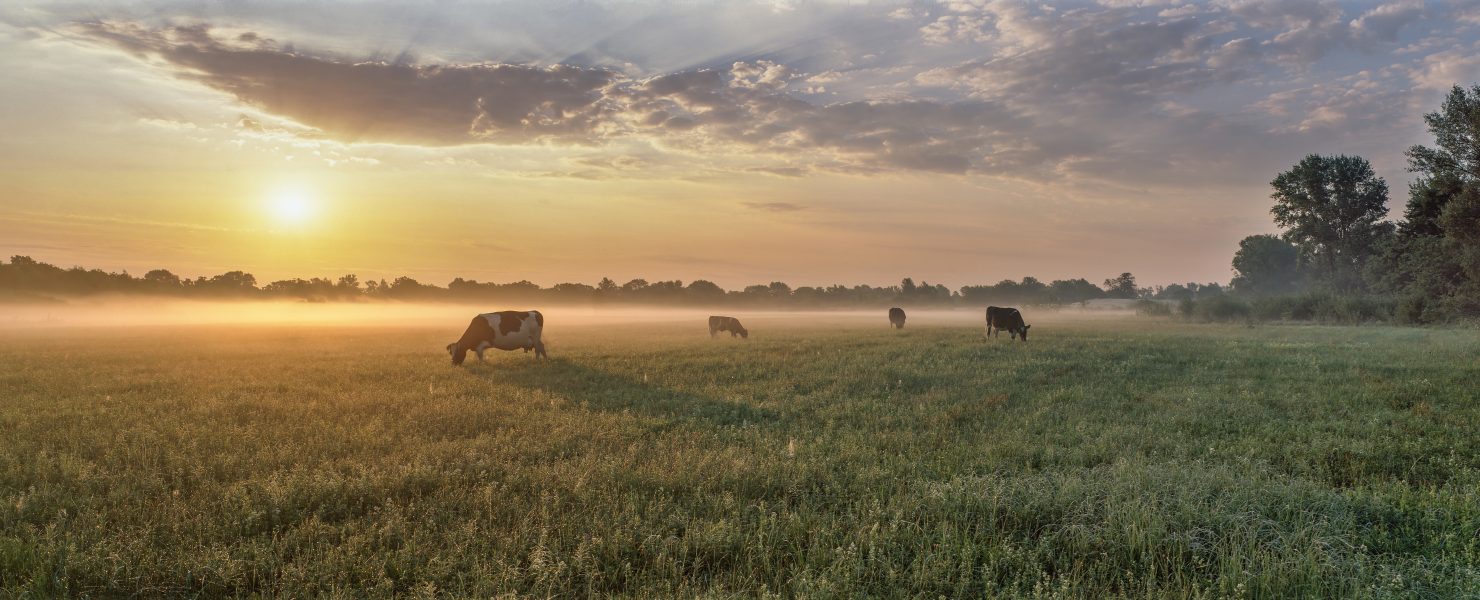
This is a question I hear often… but not often enough! Why not often enough? Because occasionally I am called in after the fact, when the cows are way behind production targets or the breeding has been terrible, or both. In these cases, by the time I am called it is too late, the damage has been done, and money (sometimes serious money) has been lost.
I would like to change that.
How much? What is the best supplement to feed, how much and in what way? Farmers should (and many do) ask these questions every day. Proper, adequate nutrition not only impacts on daily milk production, but also animal reproduction and health, as well as environmental issues, which are all subjects of growing importance.
New Zealand is virtually unique in the world with its intensive-grazing dairy production systems. While this makes the product unique, it also means that, nutrition-wise, we have to be well aware of international nutrition information, particularly applied nutrition information, and seriously question its relevance. To make matters slightly worse, the dairy industry in the South Island only took off about 30 years ago and the research then followed after that. If we were to evaluate all the dairy nutrition research carried out in New Zealand, probably >90% has been done on the North Island and mostly based on all-grass systems.
Yes. First and foremost, on most of the South Island, annual pasture growth does not match the cows’ dietary requirements to the same extent as it does on the North Island. This necessitates supplementary or crop feeding on most farm systems. Here is a typical example:
Cows are wintered on fodder beet, which is low in protein and fibre, but high in starch and sugars. Acidosis is prevented by supplementing with high-fibre feeds like straw or low-quality baleage. Then a couple of weeks before calving the cow is transitioned to pasture, first-round pasture which has been growing for two to three months because the dairy platform did not have any cows on it. Due to the long time period when the pasture was not grazed, it is higher in fibre and lower in protein than regular pasture. But then suddenly we get on to the second round… rocket fuel, high protein, low fibre… and time to get pregnant again.
Basically, we are asking the cow to run a marathon (peak milk production) just a few weeks after completely changing its diet and having a calf.
So back to the basic question: what is the right diet for my cows? I think (I hope) that I have shown that there is not one simple answer. Pasture is usually the cheapest feed and should form the basis of the feeding system. But pasture is not always the same pasture, so the supplement offered will, or should, differ throughout the season. Supplements must aim to complement the pasture, not compete with it.
I have not mentioned variable feed prices and milk payouts, feed availability, irrigation water availability, genetic changes in the New Zealand cow, and farmer and society preference, which all further complicate things.
I hope I have made the case that there is no simple recipe that every farmer should follow. Solutions are specific to individual farms and farmers. Sitting down with a veterinarian, and working through the nutritional implications of various options so that a viable solution can be developed, is one of the best investments a farmer can make.